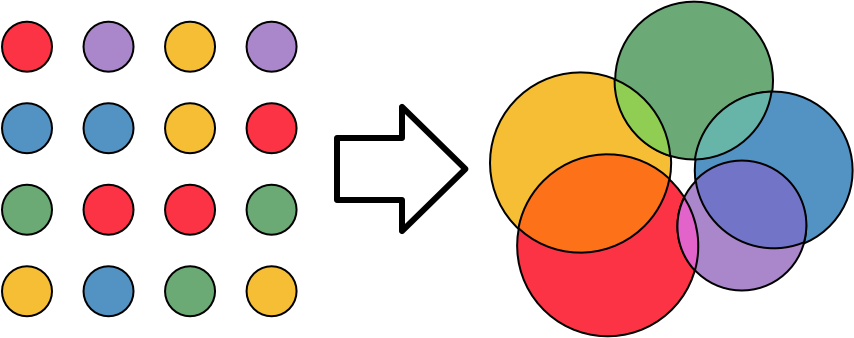How to partition diversity
Diversity measurement underpins the study of biological systems, but measures used vary across disciplines. Despite their common use and broad utility, no unified framework has emerged for measuring, comparing and partitioning diversity. The introduction of information theory into diversity measurement has laid the foundations, but the framework is incomplete without the ability to partition diversity, which is central to fundamental questions across the life sciences: How do we prioritise communities for conservation? How do we identify reservoirs and sources of pathogenic organisms? How do we measure ecological disturbance arising from climate change? The lack of a common framework means that diversity measures from different fields have conflicting fundamental properties, allowing conclusions reached to depend on the measure chosen. This conflict is unnecessary and unhelpful. A mathematically consistent framework would transform disparate fields by delivering scientific insights in a common language. It would also allow the transfer of theoretical and practical developments between fields. We meet this need, providing a versatile unified framework for partitioning biological diversity. It encompasses any kind of similarity between individuals, from functional to genetic, allowing comparisons between qualitatively different kinds of diversity. Where existing partitioning measures aggregate information across the whole population, our approach permits the direct comparison of subcommunities, allowing us to pinpoint distinct, diverse or representative subcommunities and investigate population substructure. The framework is provided as a ready-to-use R package to easily test our approach.
PDF Abstract